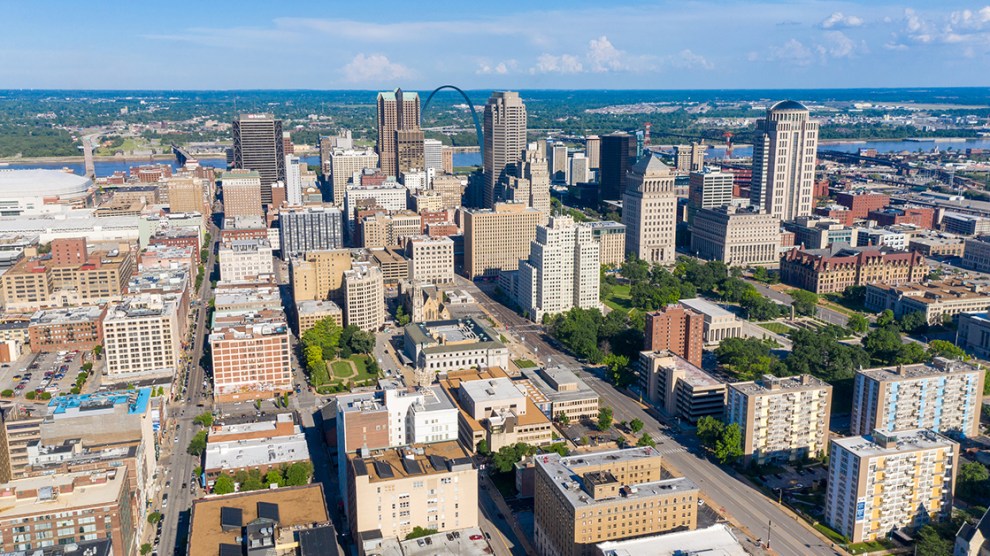Improving Market Fundamentals
St. Louis’ diverse employment base helped prove its strength during the health crisis, placing it in the “stable markets” pool. Also boosted by the city’s affordable cost of living and low-risk geography, the market’s performance surpassed pre-pandemic values. St. Louis rents rose 1.1% on a trailing three-month basis through August to $1,075, still far behind the $1,539 U.S. average.
Employment growth in the 12 months ending in June marked a 0.6% uptick, double the 0.3% national rate. Unemployment in St. Louis improved to 4.4% in July, leading the 5.4% U.S. rate. Leisure and hospitality expanded by 25.5%, adding 27,700 jobs in the 12 months ending in June, but reassuring stability stems out of the trade, transportation and utilities sector, as e-commerce is driving a warehouse boom: Fenton Logistics Park has been rapidly adding tenants, including Grey Eagle Distributors and Amazon. Education and health services is also poised for growth, while Mercy and BJC HealthCare will increase their minimum wage to $15 per hour.
Developers delivered 769 units this year through August and had another 5,233 apartments under construction, half of which are located within a 5-mile radius of downtown. Meanwhile, investors traded $617 million in multifamily assets and the average price per unit rose 12.8% from last year, to $135,694
Read the full Matrix Multifamily St Louis Report-Fall 2021











Add Comment